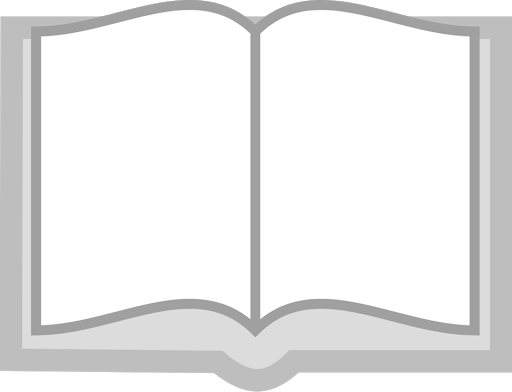A primary source is a source that was created at the time under study, that serves as original evidence documenting that time period, a topic, or people. This differs from a secondary source, which is a source that synthesizes or comments on primary sources, like a scholarly article (“Guidelines for Primary Source Literacy”).
Some types of materials can serve as both primary and secondary sources, depending on their context and your research question. For example, a magazine article about the 2016 election is likely considered a secondary source, unless your research topic is media coverage of the election, in which case the article would be considered a primary source.
While primary sources can be used as evidence of their times, it is important to evaluate how they were influenced by their creators. Primary sources are created by people, who bring all of their cultural understandings, biases, blind spots, opinions, and motivations to creating the source. When evaluating a primary source, it is important to try to understand how the primary source was created, and in turn, what perspectives it is imbued with by virtue of its creator.
There are a few questions you should ask yourself when examining a primary source, including:


